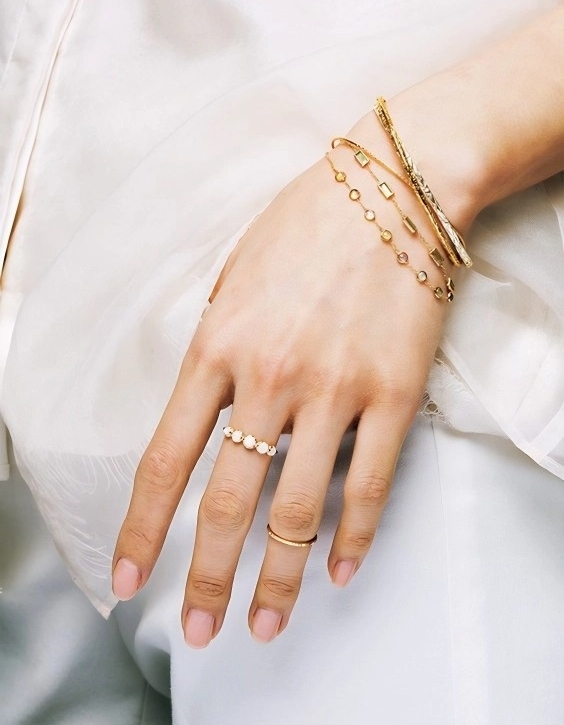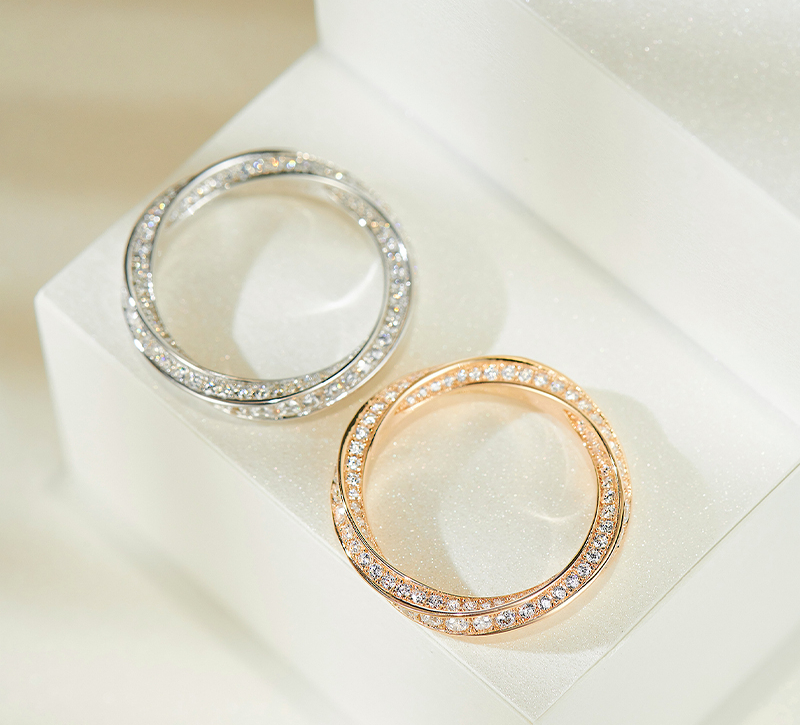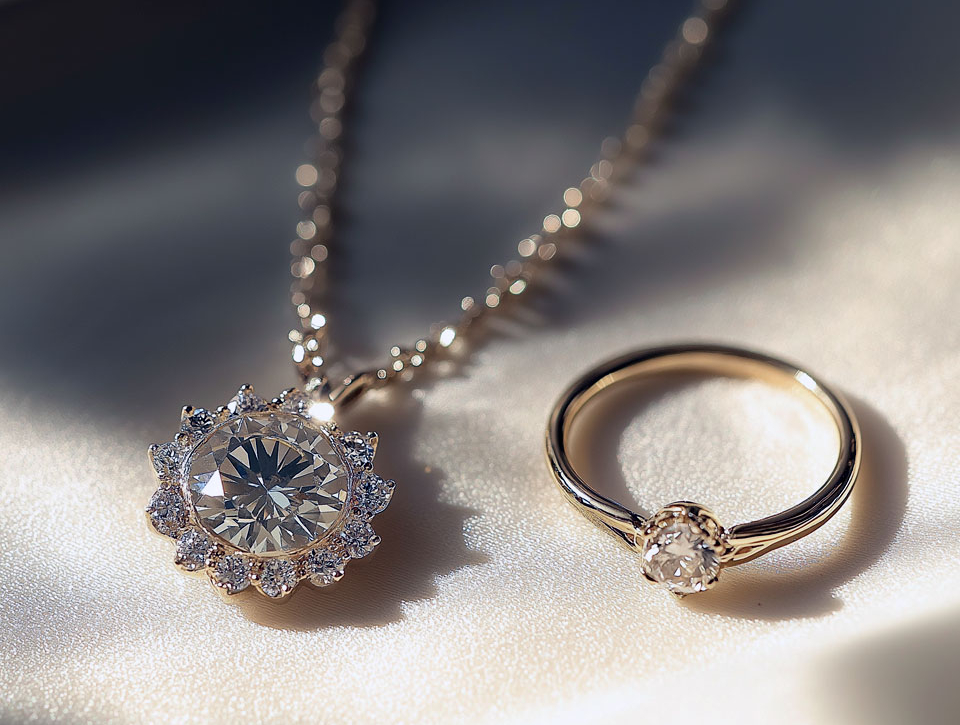In the art of jewelry styling, layered silver pieces have captured hearts with their cool luster and contemporary appeal. Unlike gold's bold statement, silver layering exudes subtle sophistication. However, without mastering proportion, what could be refined easily becomes chaotic. Today, let's focus on one core principle - the golden ratio for silver jewelry layering.
The…




